The Milestone Space Missions Launched from NASA's Historic Pad 39A
Launch Complex 39A
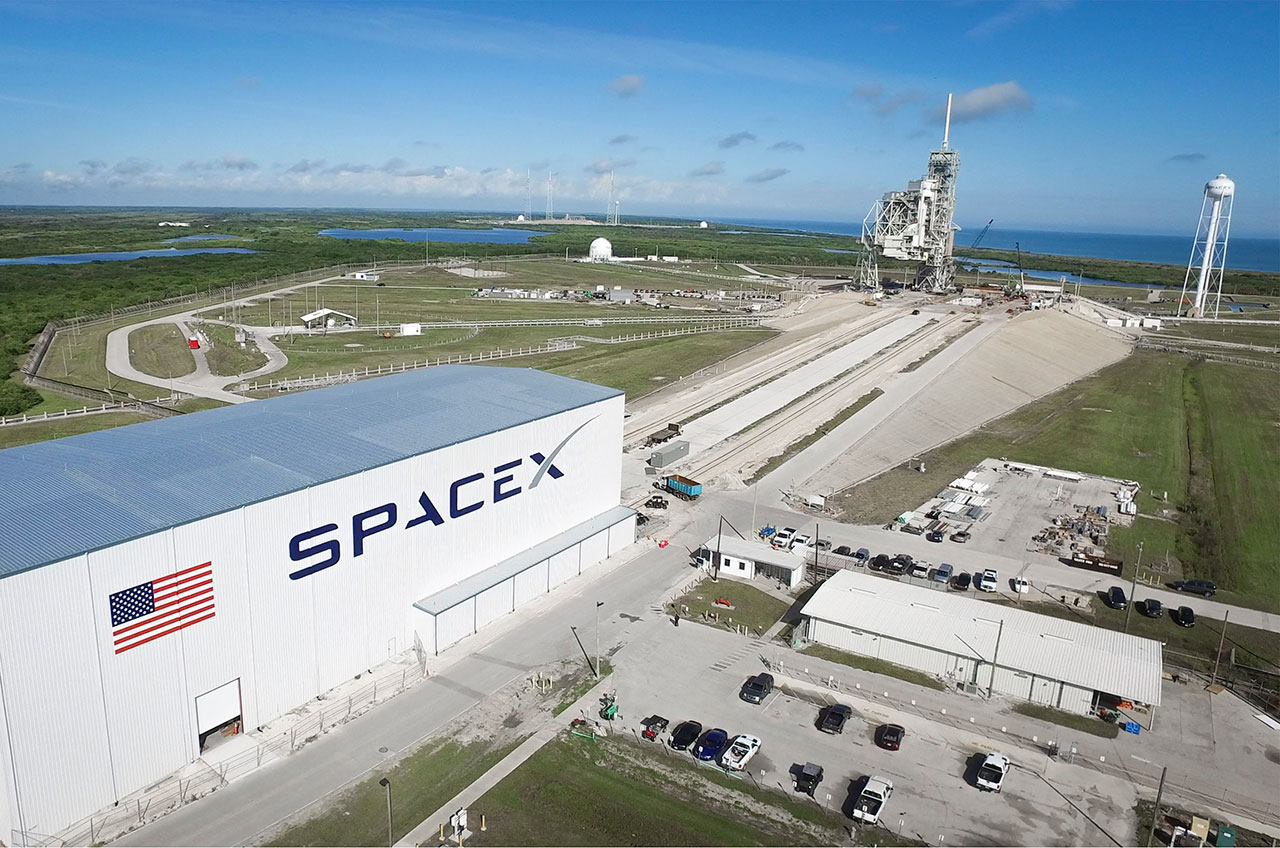
NASA's historic Launch Complex 39A at the Kennedy Space Center in Florida was first built to send astronauts to the moon and evolved into the departure point for space shuttles lifting off to Earth orbit. Now, the launch pad is entering its third iteration, supporting SpaceX launches of uncrewed — and eventually crewed — missions. Here is a look back at the milestones that defined Pad 39A's place in history, from its founding to today.
Early Construction

Construction of Pad 39A began in the early 1960s. It was one of two launch sites built specifically for launching NASA's new, moon-bound Saturn V rockets from the Kennedy Space Center. Shaped like an octagon, Launch Complex 39A measures 3,000 feet (915 meters) across. The pad itself is a smaller, square-shaped block of reinforced concrete at the center of the launch site measuring 390 by 325 feet (120 by 100 m) that stands 48 feet (15 m) above sea level.
Apollo 4
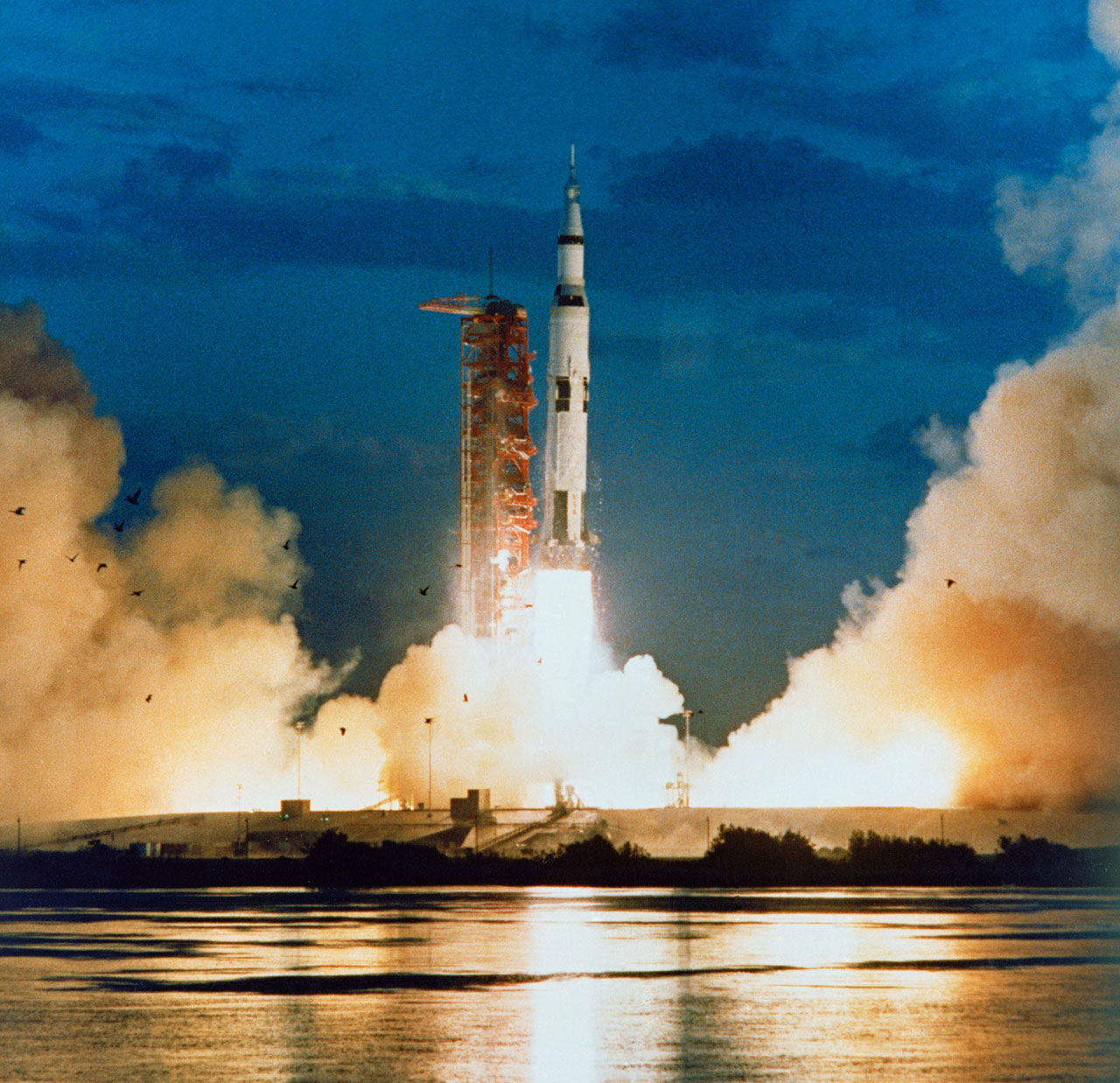
Apollo 4, also known as AS-501, was the first uncrewed test flight of NASA's Saturn V rocket and the first launch from Pad 39A. The maiden mission lifted off at 7 a.m. EST on Nov. 9, 1967. [Infographic: NASA's Mighty Saturn V Moon Rocket Explained]
Apollo 8
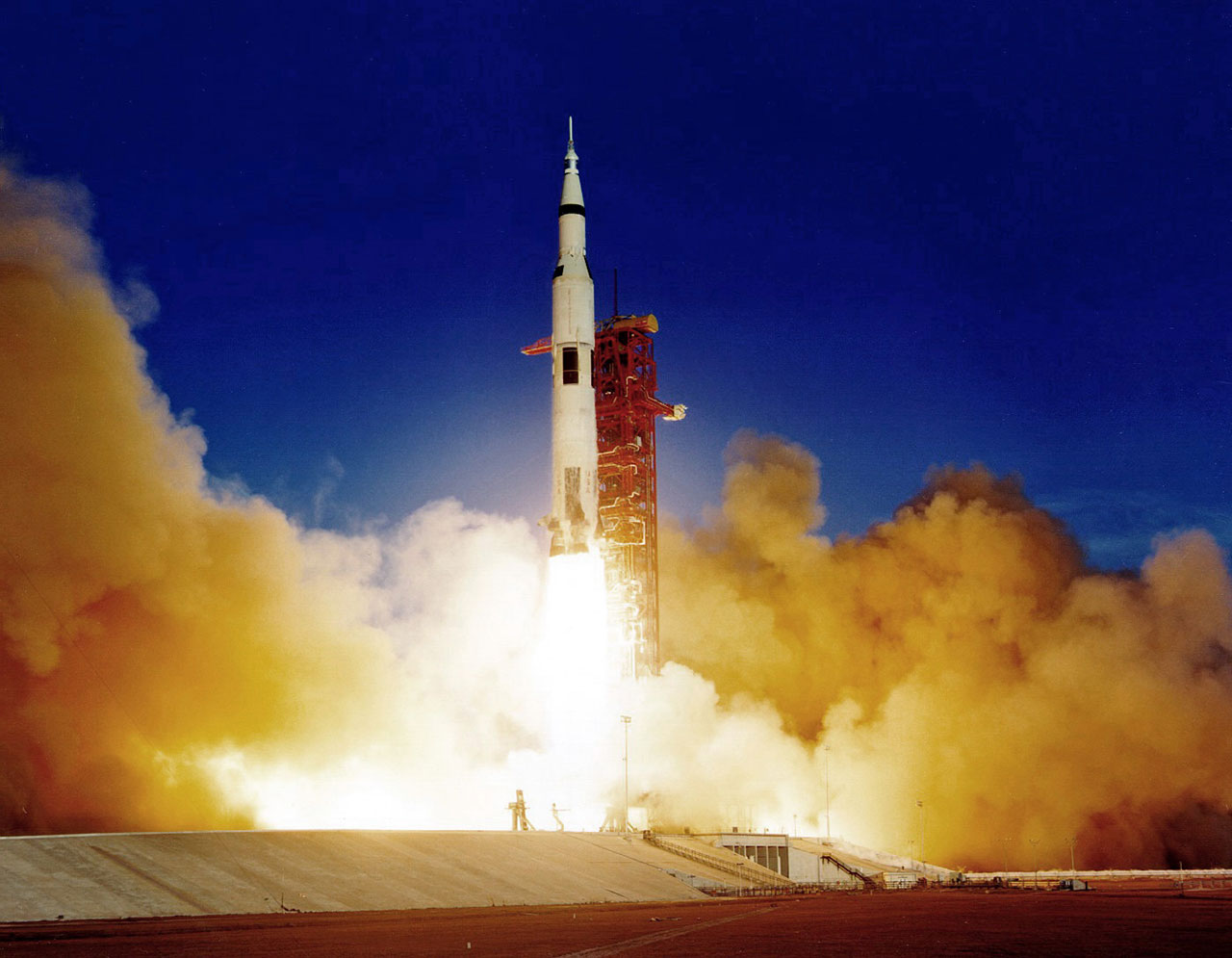
The first crewed launch from Pad 39A was Apollo 8, the first mission to send astronauts to orbit the moon. The Apollo 8 Saturn V rocket lifted off with Frank Borman, James Lovell and William Anders on Dec. 21, 1968.
Apollo 11
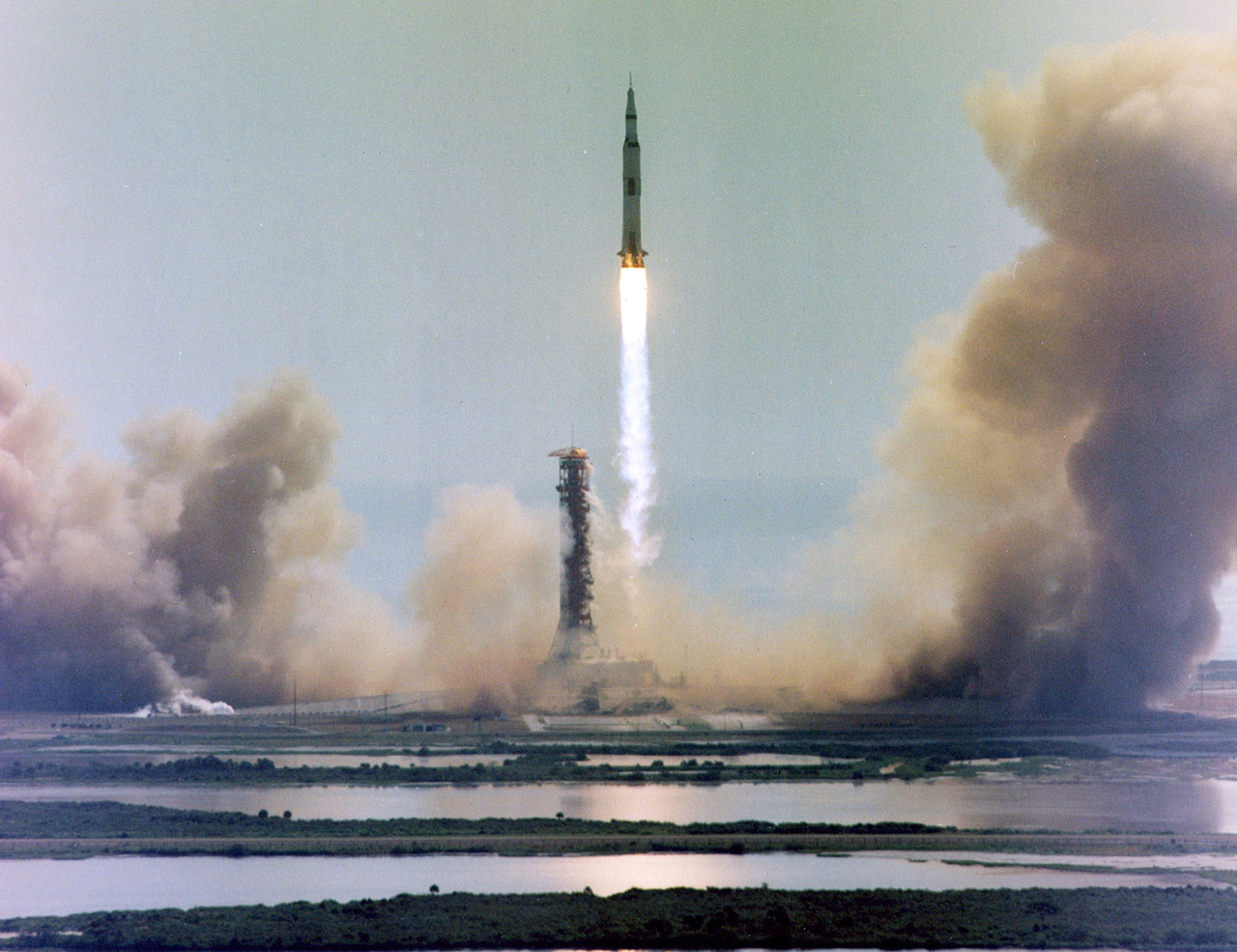
Perhaps the most historic mission in space history, the Apollo 11 first lunar landing, began with a launch from Pad 39A. Neil Armstrong, Buzz Aldrin and Michael Collins lifted off on July 16, 1969. Four days later, Armstrong took "one small step for a man, one giant leap for all mankind" when he became the first person to walk on the moon.
The Last Saturn V

The last Saturn V rocket to launch blasted off from Pad 39A on a mission to put the United States' first space station in orbit. The Skylab orbital workshop lifted off without a crew on May 14, 1973. Three crewed Skylab missions followed, but those launched on Saturn IB rockets from Pad 39B.
Service Structures
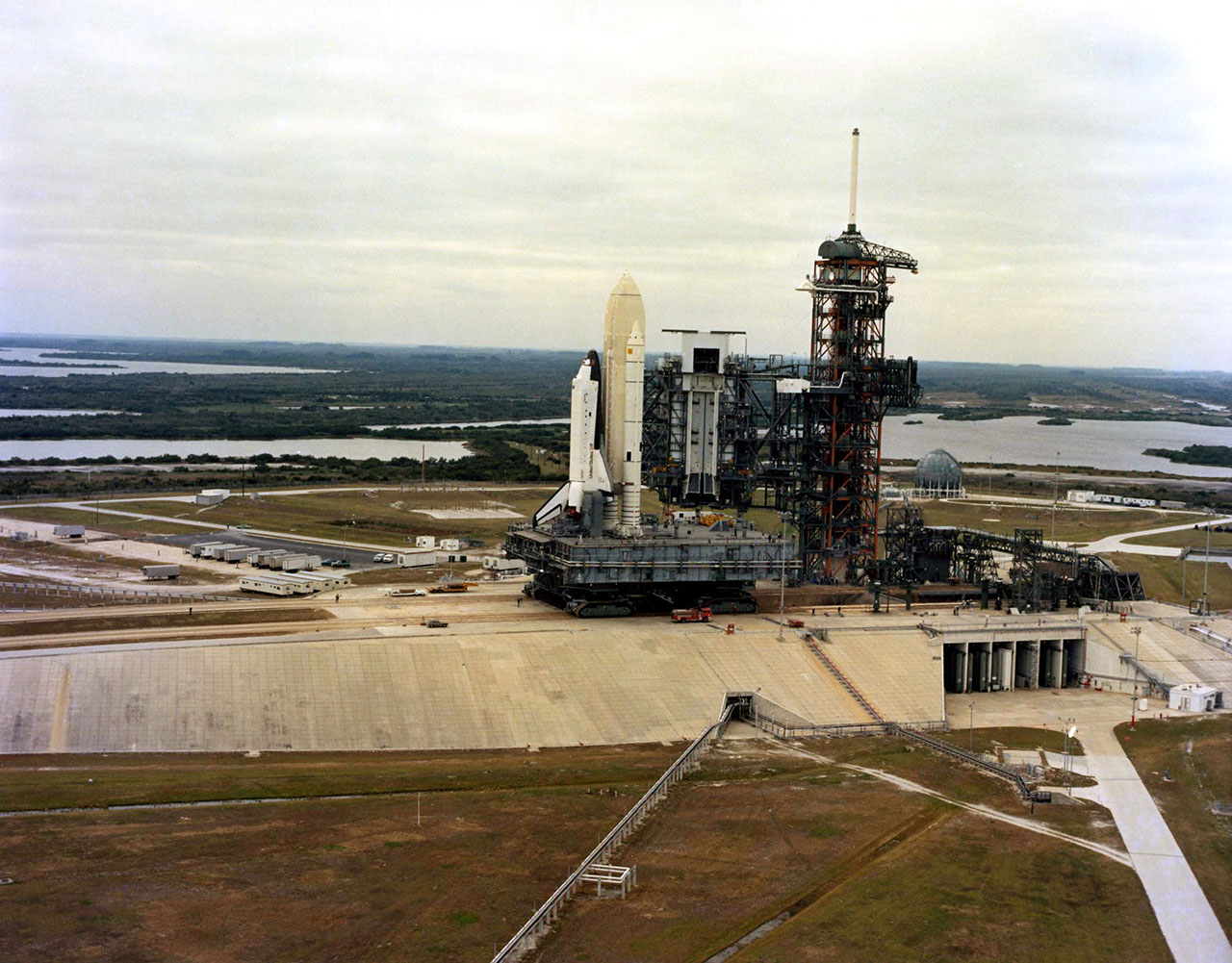
During the Apollo program, NASA used mobile support structures and launch umbilical towers to service the Saturn V rockets on Pad 39A. For the space shuttle, the complex gained two permanent gantries: a 12-floor fixed service structure, equipped with three swing arms that gave workers access to the shuttle on the pad, and the rotating service structure that could be swung around to envelop the orbiter, providing access to the vehicle's payload bay. In this photo, the space shuttle Columbia arrives at Pad 39A on Dec. 29, 1980 in preparation for the first space shuttle launch.
STS-2
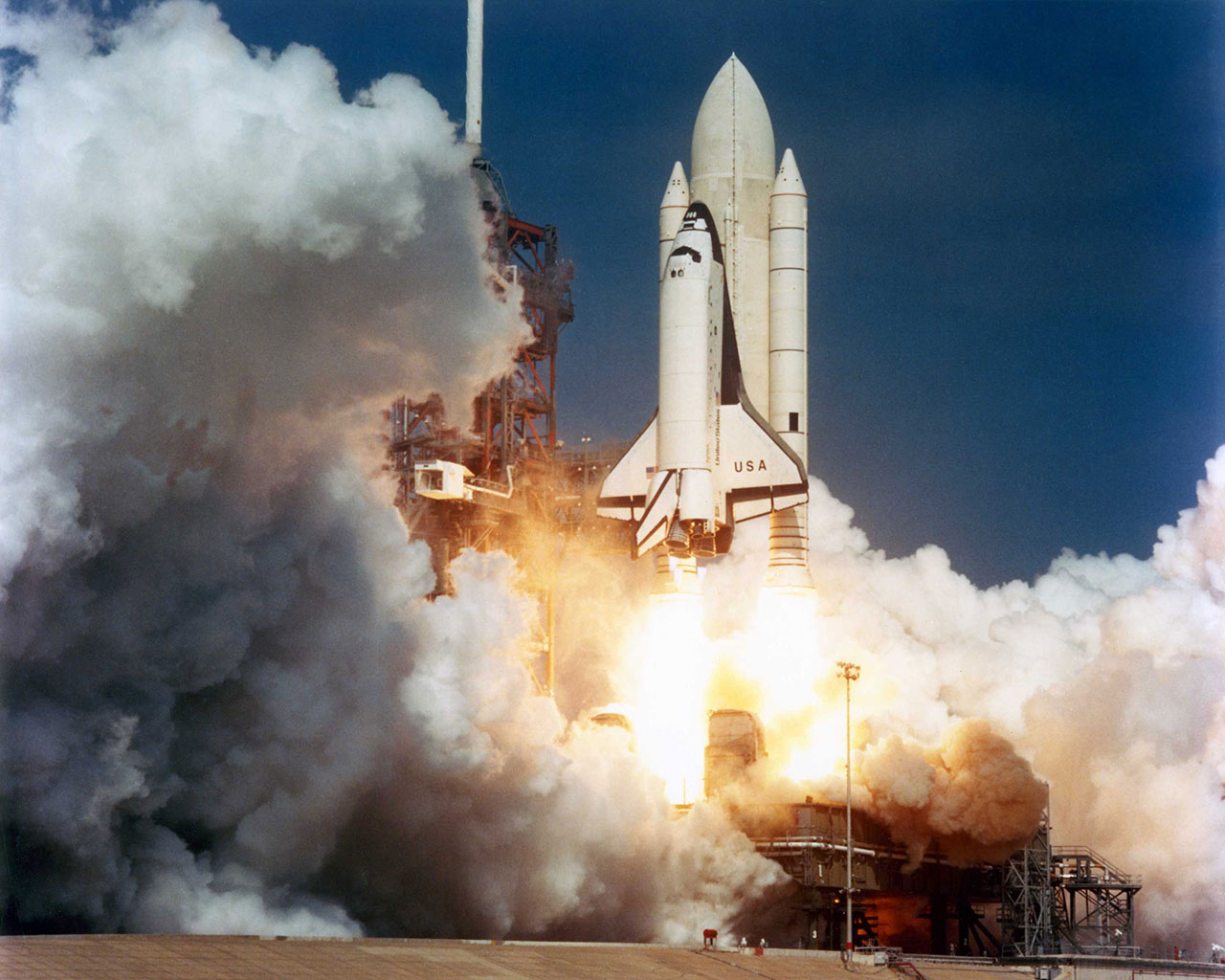
Space shuttle Columbia made history on Nov. 12, 1981, when the world's first reusable orbiter blasted off for its second flight. STS-2 crewmates Joe Engle and Richard Truly launched on Columbia from Pad 39A seven months after John Young and Bob Crippen did the same on STS-1.
S.S. Atlantis
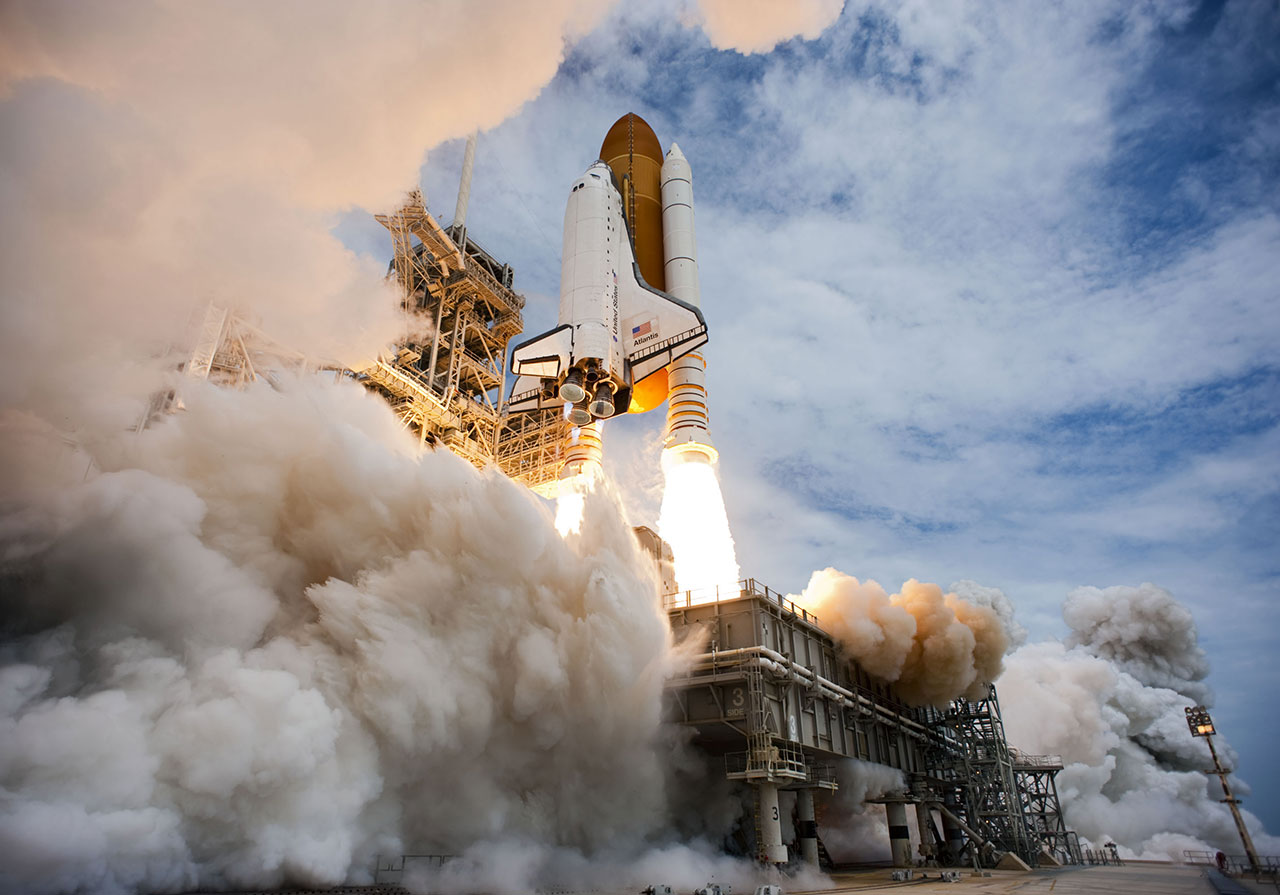
July 8, 2011, marked the last time a space shuttle departed for Earth orbit. Space shuttle Atlantis blasted off from Pad 39A, carrying four astronauts on the STS-135 mission to the International Space Station. It was the orbiter's 33rd successful launch in over 25 years of spaceflight. In total, Pad 39A hosted 94 launches from 1967 to 2011, including 12 Saturn V rockets and 82 space shuttles.
Enter SpaceX
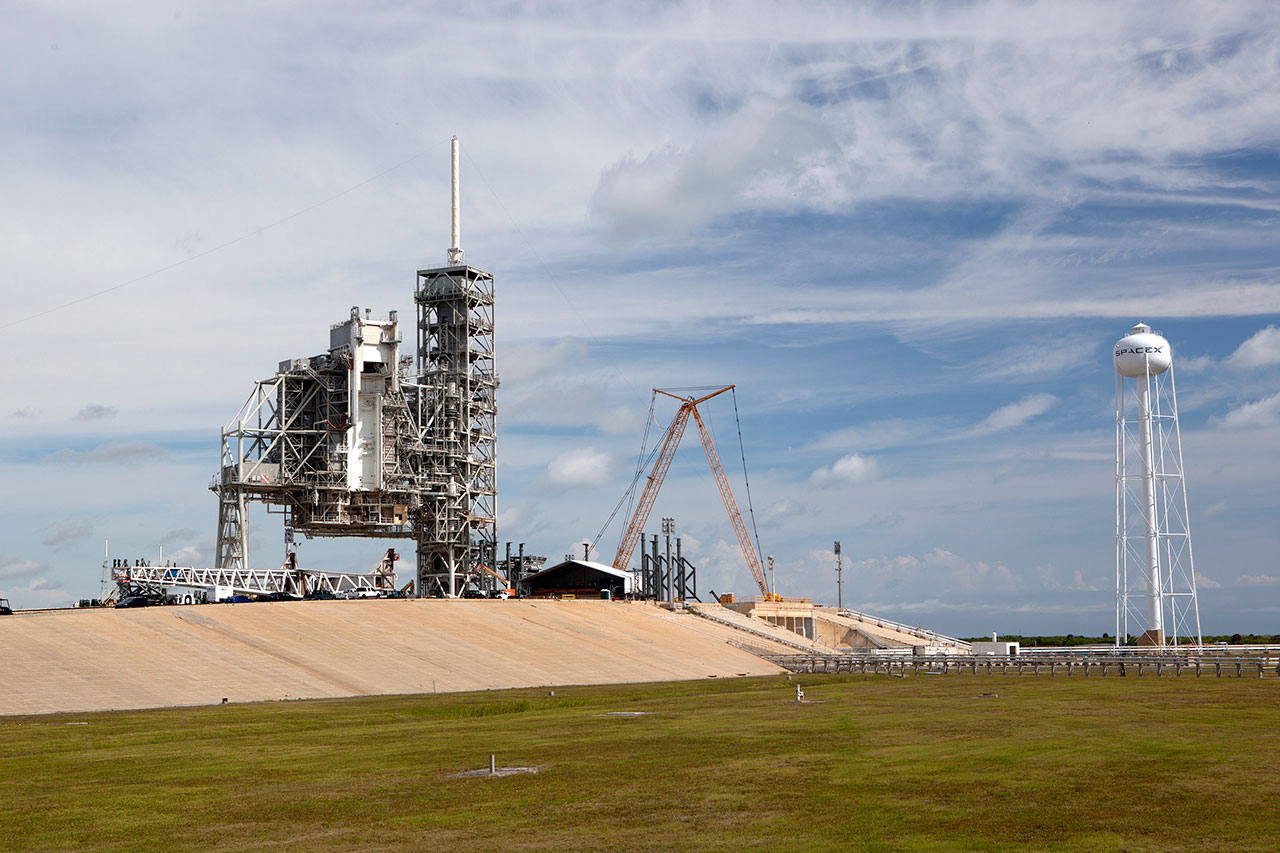
To prepare Pad 39A to launch SpaceX's Falcon family of rockets, the commercial spaceflight company modified the complex, removing more than 500,000 pounds (230,000 kilograms) of steel from the fixed service structure. SpaceX also added new propellant, data and power lines, modified the flame trench and installed new "rainbirds" to deluge the pad with water to combat acoustic damage at liftoff. [SpaceX's Falcon 9 Rocket Stands Atop Historic NASA Launchpad for 1st Time]
Robert Pearlman is a Space.com contributing writer and the editor of collectSPACE.com, a Space.com partner site and the leading space history news publication. Follow collectSPACE on Facebook and on Twitter at @collectSPACE. Follow us @Spacedotcom, Facebook and Google+. Original article on Space.com.
Join our Space Forums to keep talking space on the latest missions, night sky and more! And if you have a news tip, correction or comment, let us know at: community@space.com.
Get the Space.com Newsletter
Breaking space news, the latest updates on rocket launches, skywatching events and more!

Robert Pearlman is a space historian, journalist and the founder and editor of collectSPACE.com, a daily news publication and community devoted to space history with a particular focus on how and where space exploration intersects with pop culture. Pearlman is also a contributing writer for Space.com and co-author of "Space Stations: The Art, Science, and Reality of Working in Space” published by Smithsonian Books in 2018.In 2009, he was inducted into the U.S. Space Camp Hall of Fame in Huntsville, Alabama. In 2021, he was honored by the American Astronautical Society with the Ordway Award for Sustained Excellence in Spaceflight History. In 2023, the National Space Club Florida Committee recognized Pearlman with the Kolcum News and Communications Award for excellence in telling the space story along the Space Coast and throughout the world.
